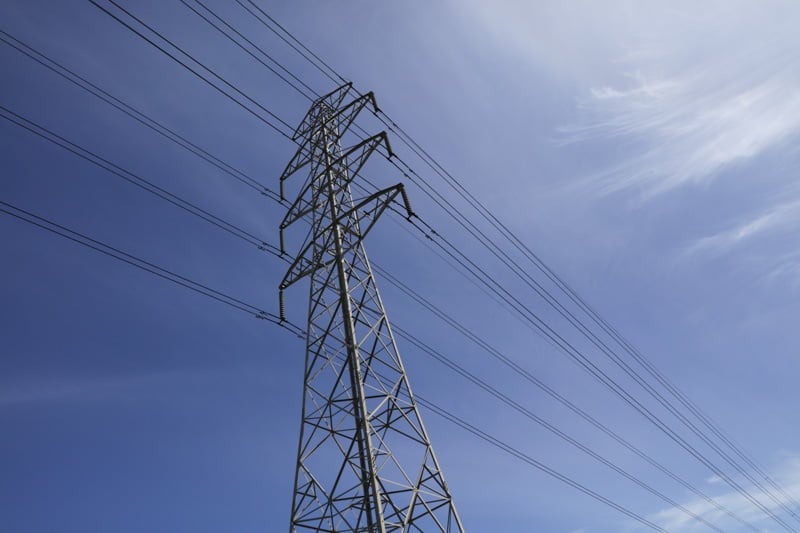Update: Yallourn means high time for a carbon price says Richard Holden, Professor of Economics, UNSW 12 March. We couldn’t agree more – see here for our $30/tonne plan.
Professor Holden says:
Over the next 15 years, the Australian Energy Market Operator (AEMO) projects most of Australia’s 20-odd coal plants will also close. Australia urgently needs investment and policy solutions to manage this inevitable transition. Without it, workers and electricity consumers will be left dangerously exposed.
Professor Holden
In the end, the dollars are closing the Yallourn coal-fired power station and it can’t come soon enough.
Wind and solar are now cheaper and the old plant keeps breaking down. It’s also pretty useless for the ‘firming’ the Government promotes, because it lacks flexibility. Instead there will be a big battery that can store renewable power generated during the day. Hooray.
Had governments, state and federal, been prepared to see this future decades ago, an orderly transition might have been in place – a jobs plan for the remaining workers at Yallourn, the big changes to and investment in the grid necessary to accommodate more dispersed power generation, and new, clean industries.
In November 2020 AEMO developed a Roadmap for the ‘dynamic’ changes taking place in the Victorian power supply. AEMO reports:
The energy landscape in Victoria continues to change, driven by strong investment in large-scale renewable generation projects. New investment in the west of the state is creating additional supply centres, while an increasing penetration of non-synchronous generation continues to impact the stability and complexity of system operations.
Consumer-led investment in distributed energy resources (DER), such as distributed photovoltaic (PV) systems, has altered the shape of the daily demand curve, and is creating new challenges through larger credible contingency sizes, new record levels of minimum demand, and decreasing levels of voltage control, inertia, and system strength.
These problems were entirely predictable and thanks to privatisation and a failure to plan, little was done.
Victoria needs a $3.5 billion investment in transmission infrastructure. The Roadmap says solar panels backed by small batteries will provide 13% to 22% of electricity by 2040 alongside over 26 gigawatts of new large solar and wind farms needed to replace 15 gigawatts of coal-fired generation.
The people of the Latrobe Valley have endured job losses and poor health thanks the toxic smoke and dust from to this old plant.
In the National Pollutant Inventory, EnergyAustralia reported that Yallourn power station increased dangerous PM2.5 pollution by an extraordinary 82 percent on the previous reporting year, despite producing less electricity. Communities in the Latrobe Valley are being exposed to toxic fine particle pollution that can cause serious illnesses like asthma, lung cancer and heart disease.
It’s also a toxic cocktail of millions of kilograms of carbon monoxide, oxides of nitrogen, sulphur dioxide.
It was pointless for governments to insist that Liddell in NSW and Yallourn in Vic should plough on, long after their use by date.
It’s just as pointless arguing that gas is the answer for ‘firming’. Batteries will come down to price and, so far, they look like winning that race too.

